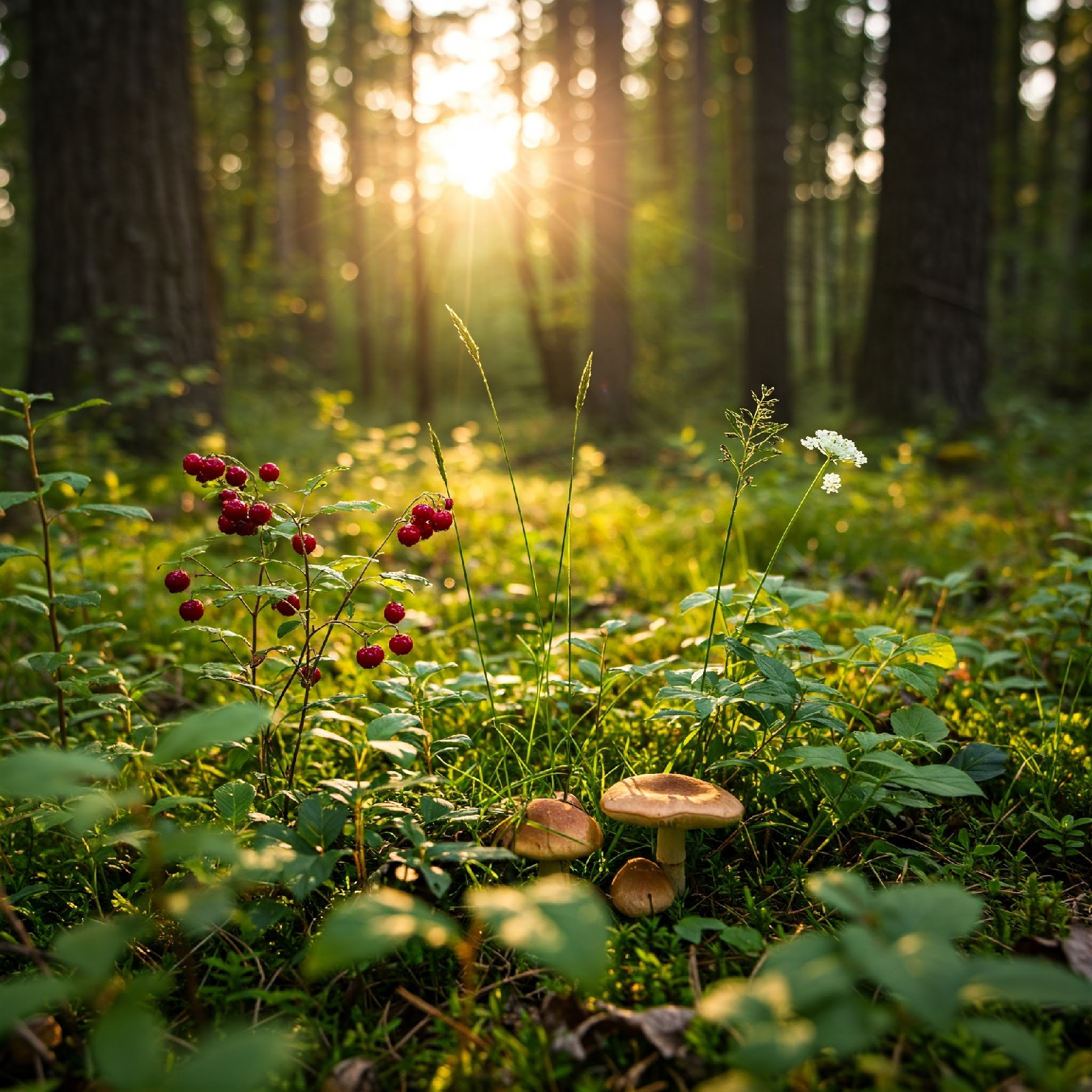When the world feels unstable—wars, unrest, uncertainty—it’s easy to feel powerless. Cities and towns that once felt safe can quickly become dangerous, crowded, or unsustainable. But out in nature, far from the chaos, a different kind of safety and freedom exists. And knowing how to survive there isn’t just a skill—it’s an advantage that could make all the difference. Survival training teaches you more than just lighting a fire or finding water. It teaches you independence. While people in cities may rely on shops, electricity, and busy systems that can fail overnight, you learn to rely on yourself and what the earth provides. Out there, you don’t need money, fuel, or walls. You just need knowledge, awareness, and respect for the land. Nature can give you everything you need if you know where to look. Fresh water from streams. Food from plants, fish, or animals. Shelter from trees and natural materials. Fire from what the forest offers. In times of conflict, while others are trapped in...
Let me tell you something most survival influencers won't: making a fire looks cool. It feels empowering. You strike a spark, the flame catches, and suddenly you feel like you're ready to conquer the wilderness. But here's the truth—fire won’t keep you alive if you don’t know what to eat. Before fire, before shelter, before even water sometimes, your first concern should be identifying edible wild plants.
I’ve spent years living close to the land, learning not just how to survive, but how to thrive in nature. And one thing is clear—if you don’t know the ecosystem you're in, you’re just a visitor. The forest has food, medicine, even clean water, but it doesn’t put up signs. You have to learn to read it.
Knowing What to Eat: Your Real Superpower
Most people assume survival is about hunting or fishing. That’s only half the story. Plants are often more reliable. They don’t run, they don’t hide, and many of them are abundant if you know where and when to look. Knowing what plants are edible, which parts you can eat, and how they need to be prepared is what separates the weekend camper from the real survivor.
Take dandelion—most think of it as a pesky weed. But every part of it is edible. The leaves are great in early spring when they’re still tender. The root can be roasted and used like coffee. The flower? Toss it in a salad or make syrup. That’s food and medicine right at your feet.
Stinging nettle is another one. Touch it raw and you’ll regret it. But boil it for just a minute, and you’ve got a powerhouse of iron, calcium, and vitamins. It's better than most store-bought greens. But if you didn’t know it needed cooking, you'd pass it—or worse, eat it raw and suffer.
What Can Be Eaten Raw vs. Cooked
One of the biggest dangers in wild food isn't toxicity—it's preparation. Some plants are perfectly edible, but only if prepared the right way. Here's a quick breakdown:
Can be eaten raw: wild garlic, chickweed, wood sorrel, purslane, young dandelion greens
Must be cooked: nettle, burdock root, elderberries (never eat raw!), acorns (must be leached to remove tannins)
Medicinal use only: yarrow, plantain (great for wounds, not much food), mugwort
This knowledge isn’t just academic—it’s life or death. I've treated people in the field who got sick from eating the wrong thing. Their mistake wasn’t picking a poisonous plant; it was preparing a safe plant the wrong way.
Survival Isn’t Just About You—It’s About the Ecosystem
Here's a mindset shift: survival isn’t about conquering nature. It's about becoming part of it. When you understand the ecosystem, you stop thinking like a tourist and start moving like a local.
You start noticing that where wild garlic grows, the soil is moist—and that means water isn’t far. You see which plants bloom first in spring and which ones mark the shift to summer. You observe animal behavior, follow their patterns, and learn which plants they eat safely. You learn from them.
Every edible plant is part of a larger web. Knowing one plant helps you find five more. It gives you insight into seasons, terrain, and weather. It's not just survival—it’s immersion.
The Real Priority List
Most survival checklists go like this: Shelter. Water. Fire. Food.
Let me give you mine:
1. Awareness – Where are you? What’s around you?
2. Food knowledge – What can you eat? What should you avoid?
3. Water sourcing – Where does water collect? Can you purify it?
4. Shelter building – What natural resources are nearby?
5. Fire making – When and why do you really need it?
Notice that food knowledge comes right after awareness. That’s not an accident. Hunger clouds judgment. Foraging clears it.
Final Thoughts from the Wild
You can go days without fire. You can even survive cold nights with the right shelter. But if you don’t eat—your body and mind will betray you. You’ll lose strength. Focus fades. Panic sets in.
Learn the plants. Understand your terrain. Smell the earth, touch the leaves, taste the bitter greens, and feel how nature provides. Fire may be man’s greatest invention—but knowing what to eat? That’s the true ancient wisdom.

Komentarji
Objavite komentar